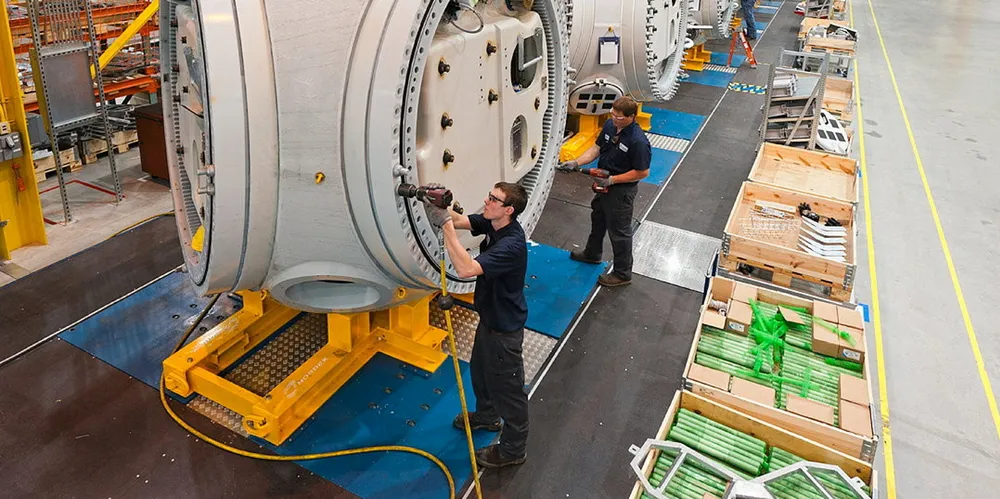Hobbled supply chain could stop wind doing its part for climate goals, warns GWEC
Upcoming US presidential election and war in the Middle East and Ukraine could cause 'shocks' that further damage industry, says report

Amid COP28 talk of tripling renewable energy by 2030, the Global Wind Energy Council has warned in a new report that a supply chain hobbled by a volatile market and “race to the bottom” mentality could mean the sector comes up short in keeping the 1.5°C pathway alive.
GWEC said today (Monday) that a deficient supply chain could leave the world with only three-quarters of the wind power it needs – meaning a 700GW deficit – by the end of the decade to meet climate targets.
The sector has seen increasing “volatility” in recent years due to Covid-19 and the war in Ukraine, while it has also seen “hesitation towards scaling on the supplier side, and rapid technological innovations.”
Supply chain investment in key regions around the world has been “insufficient” in recent years, it said, “mainly due to stop-start government policies, permitting bottlenecks and a lack of clarity and regular cadence for tenders.”
“Market design and policy frameworks overly focused on power cost have unintentionally led to razor-thin or negative margins while failing to account for higher financing and material costs, making investment in supply chains unviable.”
The report also cited the ongoing wars in Ukraine and the Middle East and a possible further slowing down of Chinese economic growth as having the potential to further disrupt the sector.
While an “open door” approach of greater regional collaboration would have the most positive impact, the report predicted an “increased barriers” scenario – characterised by increased trade barriers and attention on domestic investment – the more likely.
To get the sector back on course, the report called for “basic barriers” to wind industry growth in land, grids and permitting to be addressed.
The sector must also “standardise and industrialise,” and while “regionalisation will be needed to support growth and resilience,” it must maintain a globalised supply chain.
Trade policy should meanwhile “aim to build competitive industries, not push higher costs onto end users,” and “fundamental reform” of the power market will underpin further wind growth.
(Copyright)